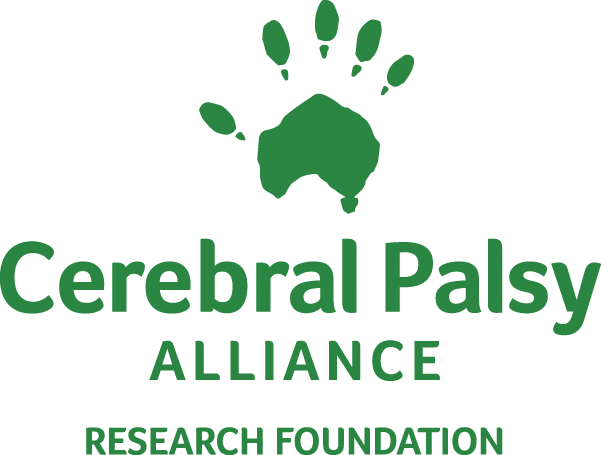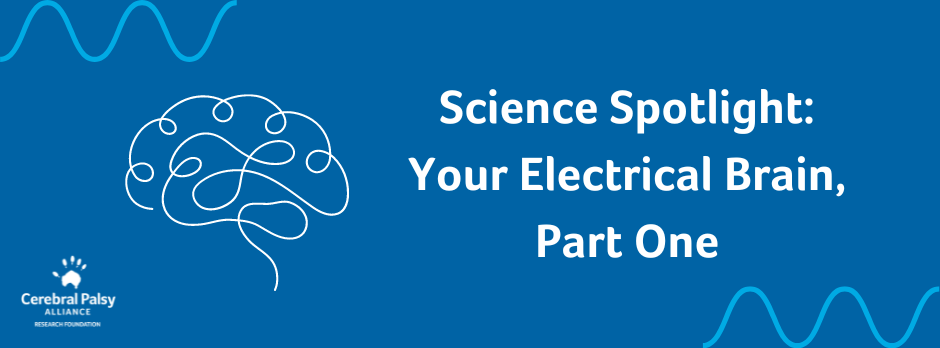
ON THE CUSP: An Interview With Dr. Tyler Susko*
When we see something that piques our interest, we dig a little deeper. That’s why we’re excited to feature an interview with Dr. Tyler Susko, an engineering professor who was inspired by someone with cerebral palsy to collaborate on the design of a durable shoe for people who experience foot drop. Learn about what motivates him and how he’s found his place by designing for people with different kinds of disabilities.
What inspired you to become an engineer?
It's just who I was from the time I was a child. Specifically, I really loved math from a very young age. Then I learned physics and the ability to predict the world and use those predictions to design something seemed pretty cool.
I'm still the same way, sometimes to my detriment. All of my errant, unconscious thoughts relate to solving problems.
What inspired you to design the Cadence shoe?
I was inspired by Aden Kadri. She participated in my initial Skywalker study (the Skywalker is a split-belt, track-dropping robot I built during my PhD at MIT), and we were walking the streets of Cambridge after one of her study sessions, when she said, "That machine really does make it easy to walk. I wish I could take it when I walk outside of the lab."
Serendipity played a big part in developing the Cadence shoe because I took a position at the University of California Santa Barbara and Aden is from Santa Barbara and was moving back there at the time.
We’ve worked together over the past four years to dial in the design. While the Cadence shoe looks simple — and it is very simple — it’s gone through about 20 iterations to get this point.
I’m not the only designer of the Cadence shoe. The team includes my friend and colleague at UCSB, Dr. Elliot Hawkes, a graduate student named Erinn Sloan, and about 20 undergraduates, including Arlette Evora, who wrote a paper about our work. We have constantly refined and redesigned the shoe to get it to where it is now. The first version was a very clunky, heavy robotic shoe.

Was the shoe always intended to be for people with cerebral palsy?
Actually, yes. It was designed to the specifications of Aden, who is a young adult with cerebral palsy. We also worked with another UCSB college student named Forrest, who has cerebral palsy, and he helped us design a few versions.
How has your experience been designing for people with cerebral palsy and other disabilities?
It’s my niche within the field of engineering design and I try to incorporate it as much as I can into coursework for my students.
Over the past five years, I’ve had about 15 projects to develop different devices for people with physical disabilities. It’s the perfect complement to an engineering design program because everybody wins.
We take projects that range from individuals who have unique disabilities to projects that seek to solve big problems that affect thousands or hundreds of thousands of people.
The recent individual projects have been amazing. Last year, we had a project to adapt a camera rig for a power chair for a college student with cerebral palsy — and he now has the capability to be a cinematographer.
My students get the drive to come up with unique and robust solutions and individuals gets something they may be able to use.
What is the toughest challenge you’ve had to handle in the design process of the Cadence?
Ensuring safety and conducting human subjects research. When working with any human subject, you need to ensure safety. For the Cadence shoe, we designed and installed an overhead rail system with a fall-prevention harness to protect from people falling in case the device didn’t work properly.
For all testing with people with disabilities, we had a professional physical therapist do all physical interaction with study subjects. When the purpose of the activity is research, there’s a long, strict process to get clearance through an institutional review board that assesses the safety and ethical nature of the proposed activities. The design and functional testing of the physical shoe is the easy part!
What’s next for Cadence?
Honing design and manufacturing and testing in the clinic.

Have you worked on other accessible designs/assistive designs before?
Yes. They have all been done by students in my capstone program, which is a way that we get them off the ground.
- LegTrek is an electromechanical device created for a young girl with triparetic cerebral palsy as a walk aid.
- Babybot (as I like to call it) was something I started working on during my PhD around 10 years ago. It has evolved over the years from a reaching robot to its current form — as a device that will be used to roboticize ball therapy for core control for babies with cerebral palsy. I really love this one. It is still in its infancy but I'm hopeful that this device will be testable within the next couple of years.
- The Rally Rig by D'vonte Johnson and a group of students in my capstone course. They put together a Kickstarter that was funded!
- The Skywalker that led to the Cadence shoe.
If you could design another assistive piece, what would it be?
There’s a lot to do with Cadence, so our focus will be there for a while but after that, I would like to focus on the Babybot concept because training close to the time of injury has many theoretical advantages (theoretical critical period for movement acquisition, theoretical increase in neural plasticity at the young age, etc.).
Are you interested in sharing insight on your walking patterns to help refine Cadence for people with CP and other disabilities? Reach out to Aden at info@cadenceshoe.com.
ABOUT DR. TYLER SUSKO
Dr. Tyler Susko holds a PhD in mechanical engineering from the Massachusetts Institute of Technology and teaches in the department of mechanical engineering at University of California Santa Barbara (UCSB). He’s earned several awards for teaching excellence.
*This ON THE CUSP blog is intended solely to share information about engineering projects related to cerebral palsy. It shouldn't be read or construed to contain any advice or endorsement, medical or otherwise, by Cerebral Palsy Alliance Research Foundation. Only you and your doctor know what's best for you. Please consult your doctor for medical advice.
Thu 11 Apr 2024
In the first part of our newest Science Spotlight blog, learn how scientists can harness electricity to help with movement disorders that sometimes accompany cerebral palsy.
Thu 04 Apr 2024
Check out the final part of Rindi and Soren’s story.




